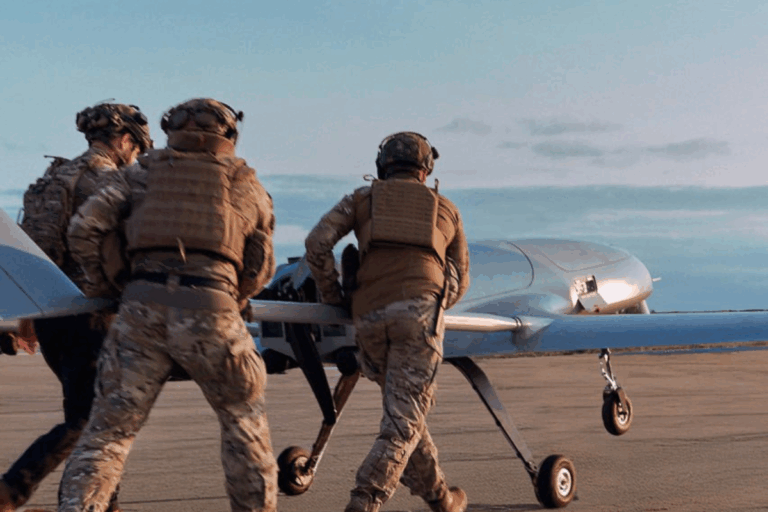
“Now this is the norm for our children. It makes my heart ache,” said Kyiv mother Khrystyna Reshetnik, speaking about the new norm of drone warfare in Ukraine. In a war framed by technological acclimation and bold operations, recent Ukrainian drone attacks on Russian airbases shook military communities and defense analysts across the board. The highly coordinated attacks not only hurt key Russian infrastructure but also revealed weaknesses in what was thought to be an impenetrable defense grid. As the world looks on, these operations are redefining the playbook for contemporary aerial warfare and tipping the scales of the ongoing conflict. The following is a closer examination of the most substantial points of these strikes, from the strategic value of hit airfields to the cat-and-mouse game between drones and air defenses.
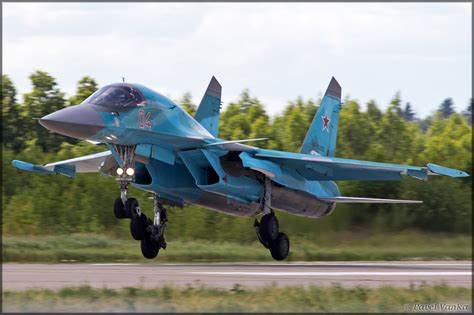
1. The Buturlinovka Airfield Strike: A Strategic Blow
The night drone attack on the Buturlinovka airfield in Russia’s Voronezh province was a serious blow to Ukraine’s long-range strike capacity. This is the information center of the 899th Guards Assault Aviation Regiment and a squadron of Su-34 fighter-bombers, standing no more than 200–250 kilometres from the border with Ukraine. Video footage, corroborated by other independent sources, caught the explosion on camera and counted the least fifteen explosions, pointing to a very well-organised and successful attack (several explosions seen around the airbase). The Su-34s based here have been critical to Russian airstrikes against Ukraine, so the attack was not only a tactical success but a symbolic success as well. The strike was said to have evaded the airfield’s air defense systems, leaving doubts about the effectiveness of Russian countermeasures and the sophistication of the tactics of Ukrainian drones.
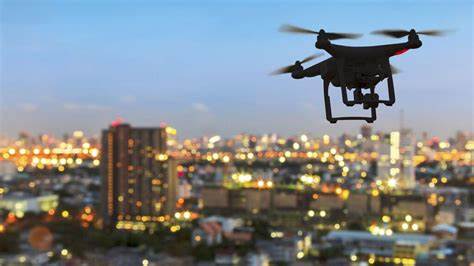
2. Audacity and Precision: Inside Ukraine’s Deep Strikes
Ukraine’s recent drone activity has been marked by its boldness and pinpoint accuracy. Video footage released by the security services of Ukraine showed drones flying in and hitting dozens of aircraft at a number of Russian airfields, including strategic bombers and spy planes. As claimed by the Royal United Services Institute’s Justin Bronk, the strike was “a stunning success for Ukraine’s special services.” “If even half the total claim of 41 aircraft damaged/destroyed is confirmed, it will have a significant impact on the capacity of the Russian Long Range Aviation force” (significant impact on Russian Long Range Aviation). These attacks were made possible by clandestinely smuggling drones into Russia and launching them from bases close to the targeted airfields a strategy that surprised Russian defenses and displayed a previously unseen level of operational distance by Ukraine.
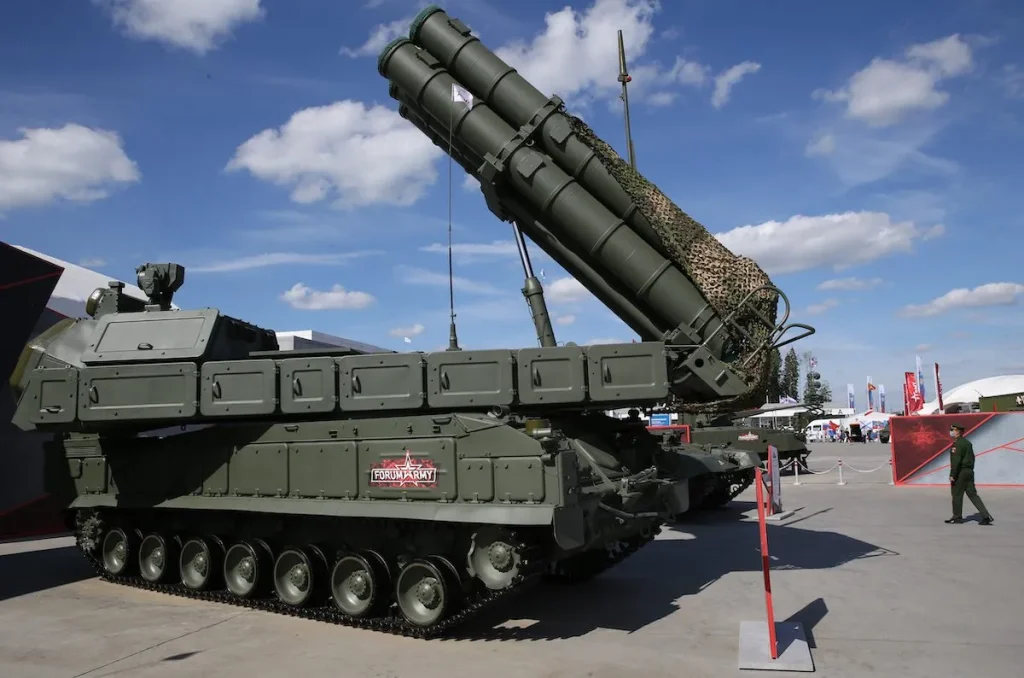
3. Russian Air Defenses in Question
Even though Russia has had a reputation for deep air and missile defense, the Buturlinovka attack and other operations have revealed key vulnerabilities. The attack skirted current defenses, with eyewitness accounts and video evidence suggesting that Russian air defense systems (attack allegedly skirted the airfield’s air defense systems) saw little opposition. This is not the only weakness recent Ukrainian drone attacks have also been against radar sites and ammunition depots, showing how difficult Russia finds it to change in response to the changing threat environment. The dependence on fixed defenses and the low-altitude, short-notice drone launch underestimation have been expensive for Moscow, and it has forced demands for immediate upgrades and doctrinal review.
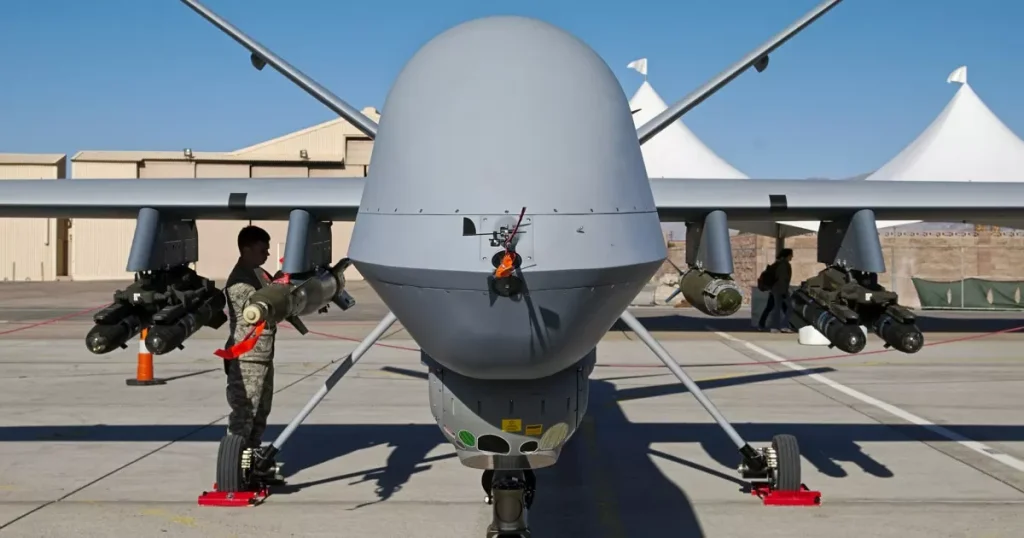
4. The Shifting Tactics of Drone Warfare
It has quickly shifted on both sides of the conflict. Russia, in turn, has moved to deploying unprecedented waves of Shahed drones at greater heights, where they are more difficult to shoot down (Shahed drones at greater heights). These drones, usually combined with decoys, are currently airborne at a height of up to five kilometers above ground, deluging Ukrainian air defenses and compelling reliance on dwindling missile interceptors. Ukraine, on the other hand, has incorporated drones into each brigade, utilizing them for reconnaissance, precision strikes, and even deep-penetration raids within Russian borders (drones incorporated into Ukraine’s military forces). The cat-and-mouse game among electronic warfare, frequency hopping, and the development of AI-powered drones is revolutionizing the battlefield in real time.
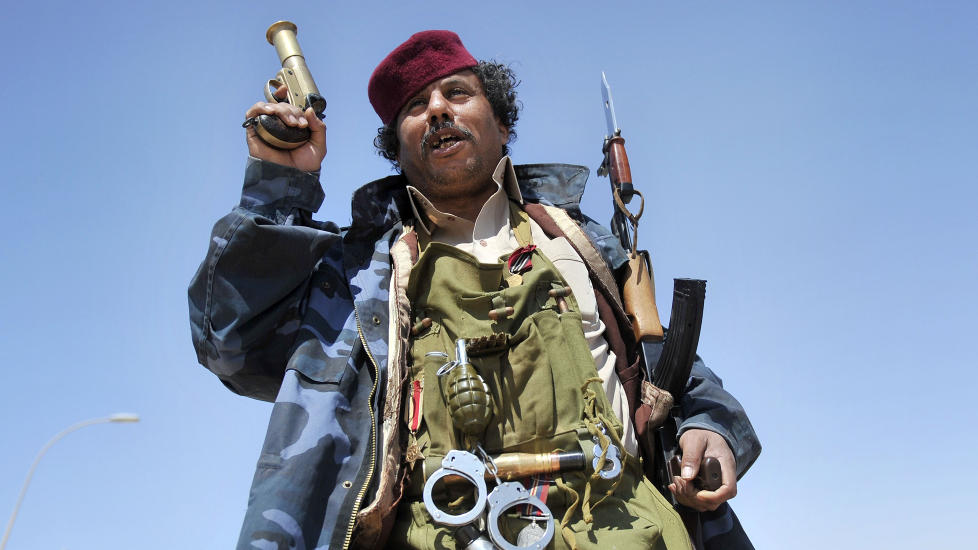
5. Psychological and Strategic Impact
The psychological impact of such drone attacks cannot be overemphasized. Russian war bloggers have labeled the attacks as a “tragic loss for the whole Russian air fleet,” while the public in Ukraine has received an increase in morale due to the tangible success of their troops (tragic loss for the whole Russian air fleet). These operations simultaneously interfere with Russia’s capability to execute large-volume cruise missile salvos against Ukrainian infrastructure and cities. The bombings have also compelled Russia to rethink the security of its rear bases, straining its resources and complicating its planning for operations.
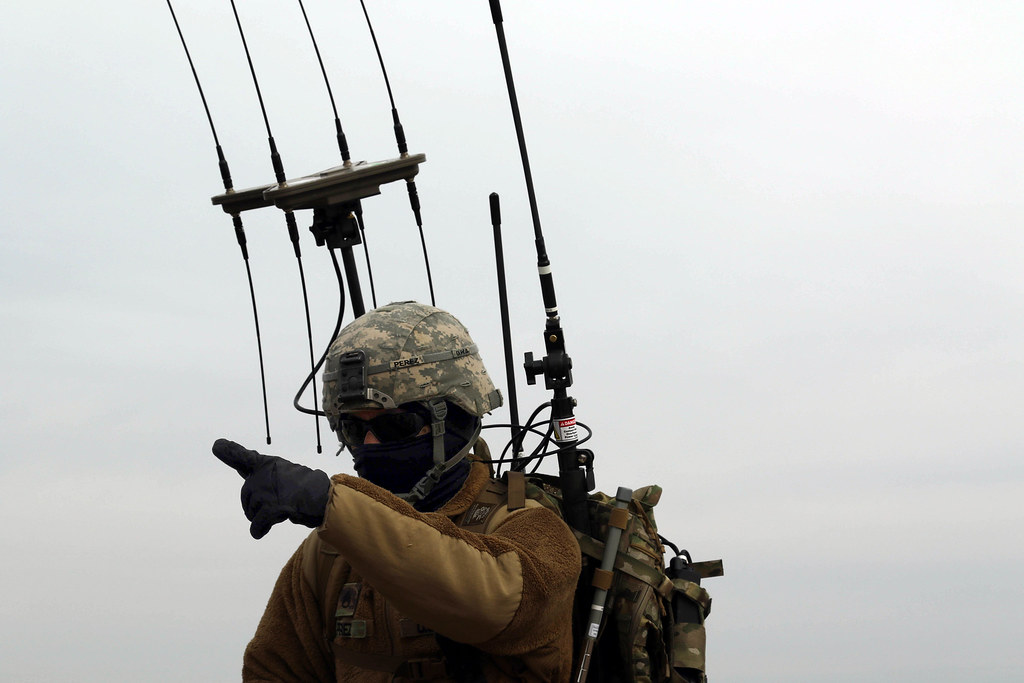
6. Electronic Warfare and AI Role
Electronic warfare (EW) is now a key cornerstone in the drone war. Both nations use EW systems to disrupt radio frequencies, interfere with control signals, and track down drone operators. Ukrainian pilots attest to a technological arms race, each side constantly changing frequencies and using signal repeaters in an effort to outwit jamming (technological game of cat and mouse). The next front is the use of AI-controlled drones that can find and lock onto targets without human intervention, rendering them immune to conventional jamming. As one of the Ukrainian pilots described, “You cannot jam such a drone, because there is nothing to jam.” This development threatens to further complicate defenses and pick up the pace of innovation.

7. The Cost and Production Race
Ukraine’s drone warfare has emphasized cost-effectiveness and the capability to produce. Russia has greatly increased its production, allegedly producing as many as 2,700 Shahed drones and 2,500 decoys monthly, which enables nighttime swarms of hundreds of drones (hundreds of drones in a single night). Ukraine, on the other hand, projects it will produce a million FPV drones in 2024 but is limited by financial and logistical needs. The outcome is a constant struggle of attrition, in which the party that can maintain and evolve its drone forces is granted a significant advantage on the battlefield.
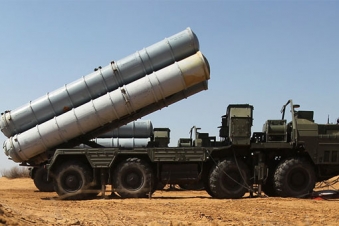
8. Strategic Implications for Global Defense
The Ukrainian UAV attacks have implications far broader than the current conflict. They pose serious challenges to long-held assumptions regarding the security of rear-area military facilities and the efficacy of conventional air defense systems. As Russia and China spend resources developing advanced missile defense systems, the penetration of these layers by relatively low-cost drones poses questions to defense planners globally (Russian and Chinese missile defense systems). Ukraine’s war is acting as a testing ground for fresh doctrines, technologies, and the deployment of unmanned systems in every aspect of warfare.
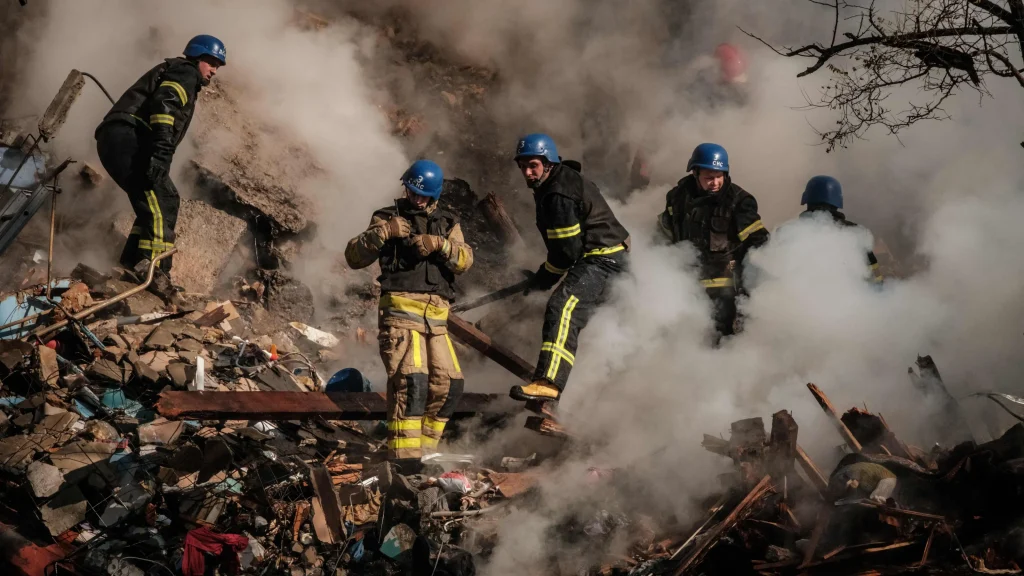
Ukrainian drone attacks on Russian air bases not only brought material damage to Moscow’s war assets but also revealed key weaknesses and sped up the development of drone warfare. With each side innovating and countering, lessons from these campaigns are ringing out through defense institutions across the globe, leading to a rethinking of air defense, electronic warfare, and the future position of autonomous systems in warfare. In this fast-paced ever-changing world, the one thing one can be certain of is that the skies over the battlefield will be intensely contested and that the next breakthrough can come from anywhere.


